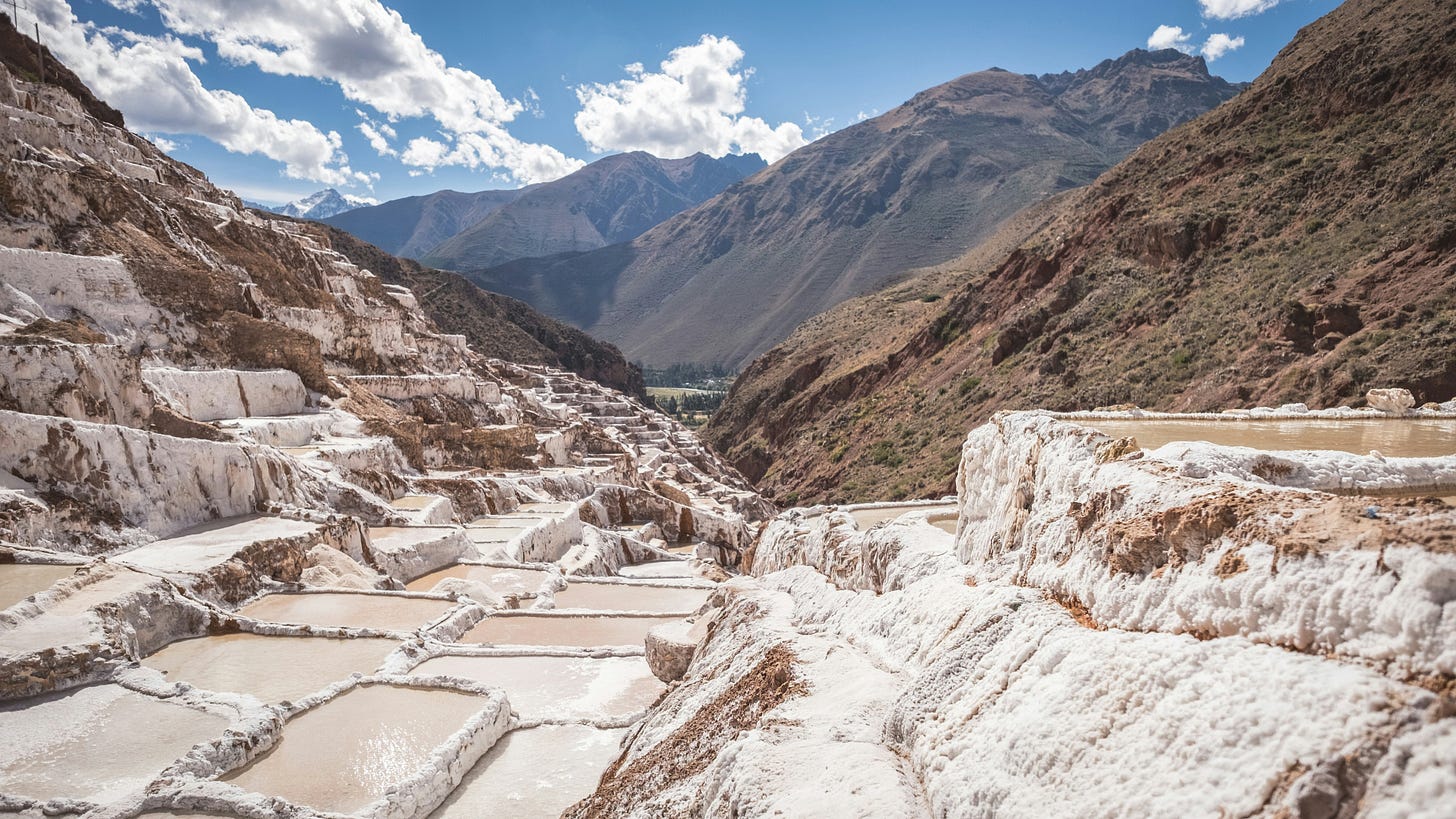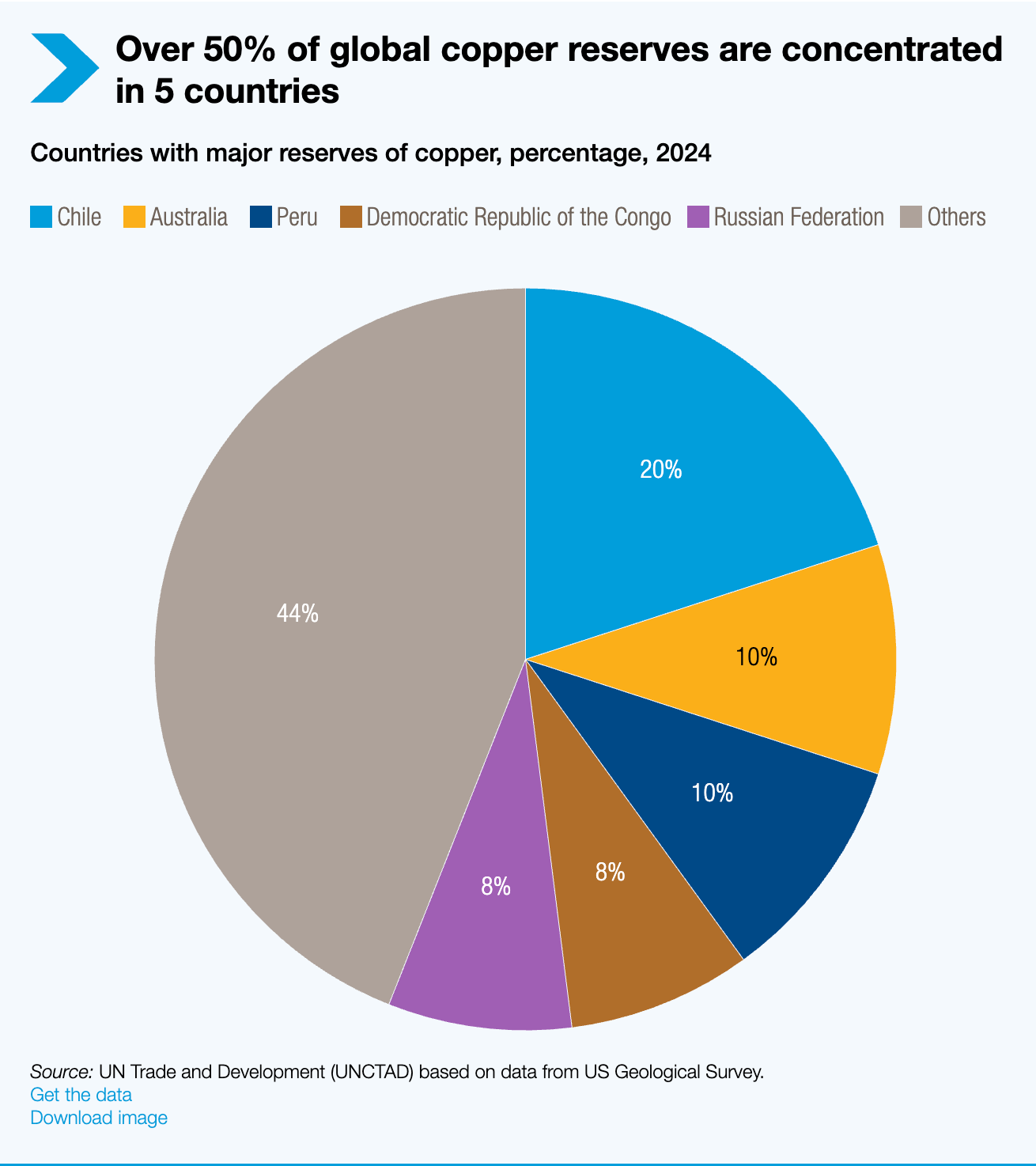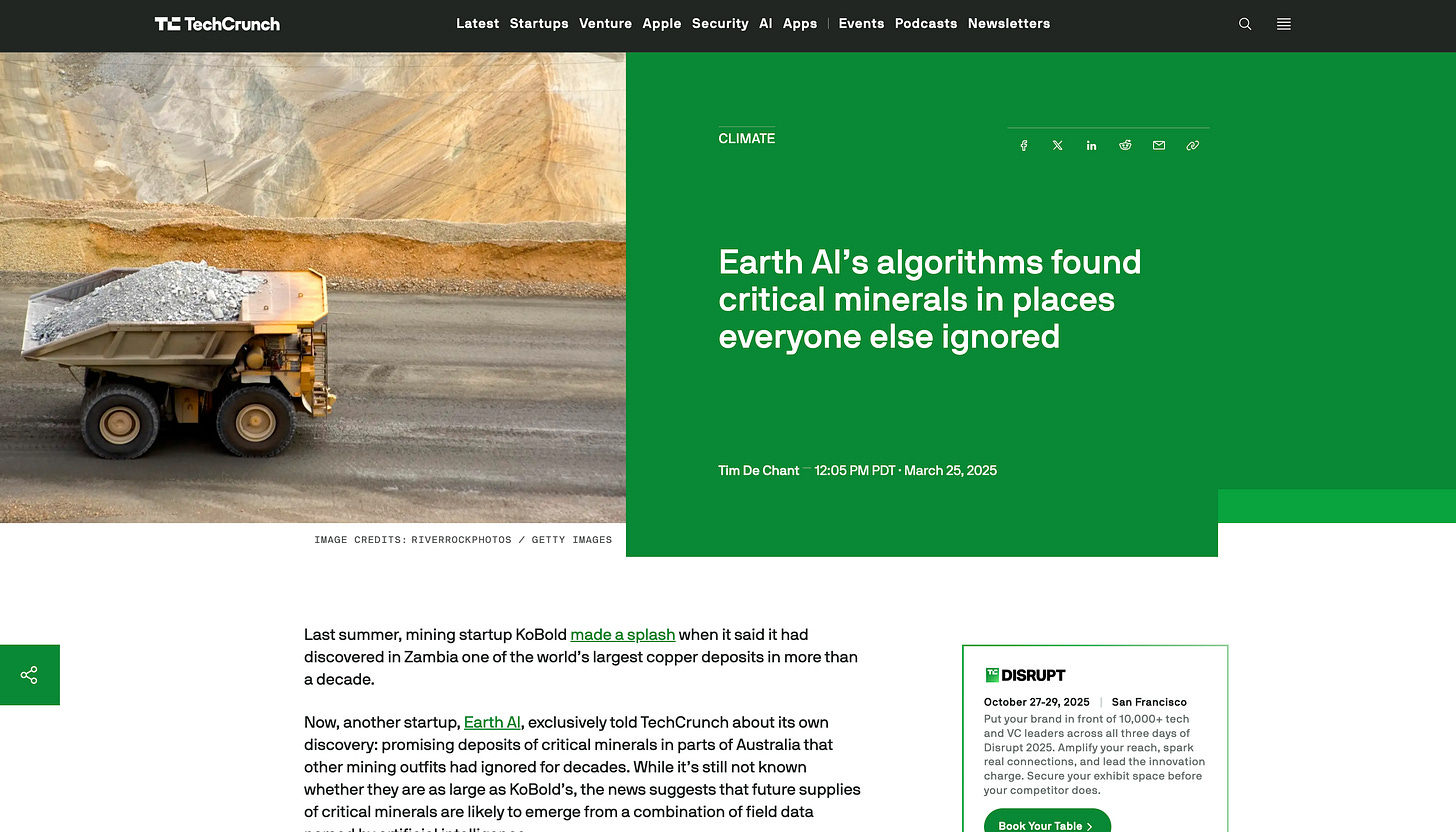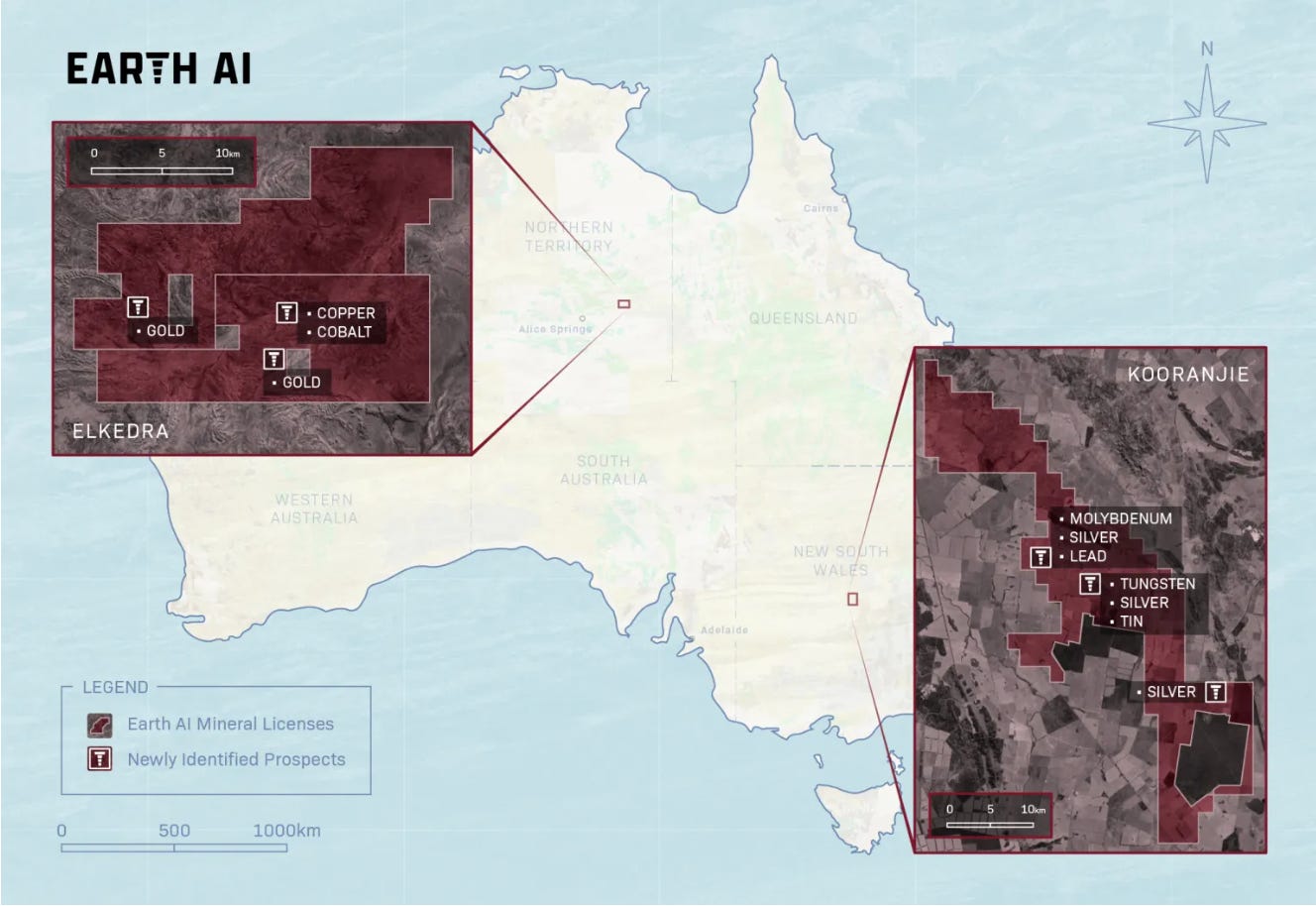Invisible Minerals Are Standing Between You & Your Clean Tech Dreams
No minerals = no devices = no future
Read Time: 6 mins
Why don’t we hear more about critical and rare earth minerals?!
If the economy was a pyramid, the foundation would be minerals.
Your electric vehicle needs lithium. Your iPhone needs rare earth elements. Your solar panels need silver. Your wind turbine needs neodymium. Notice a pattern?
Critical minerals such as copper, lithium, nickel, cobalt and rare earth elements are essential components in many of today's rapidly growing (clean energy) technologies – from wind turbines and solar panels to EVs.
What Are Critical Minerals?
Minerals are earth’s gems. Literally, they come from the ground.
Fuel for our modern lives. NBD.
Lithium, nickel, cobalt, manganese and graphite are crucial to batteries.
Rare earth elements are essential for permanent magnets used in wind turbines and EV motors.
The grid need a huge amount of aluminium and copper.
Think of critical minerals as the umbrella category that includes:
Lithium, nickel, cobalt, manganese and graphite (crucial to battery performance)
Copper and aluminum (the backbone of all electrical infrastructure)
Rare earth elements (a subset of critical minerals)
What Makes Rare Earth Elements Special?
Rare earth metals funnily aren't rare (despite the name). Metals like neodymium, praseodymium, and cerium are concentrated in certain parts of the globe and are very challenging to refine into anything useful. Their unique properties make them essential for:
Permanent magnets used in wind turbines and EV motors
Electronics like hard drives and headphones
Medical equipment like MRI and CT scans
But here's what most people don't realize: these minerals are becoming the bottleneck for our entire clean energy transition.
The IEA forecasts that demand for critical minerals will need to triple by 2030 and quadruple by 2040 if we are to achieve net-zero emissions.1
“The World Bank estimates that over 3 billion tons of minerals and metals are needed to expand wind, solar, geothermal, and energy storage capacity in order to meet the global goals to keep warming well below 2C. This represents a 450% increase in mining and production by 2050.”
— The Climate Action Handbook, Heidi A Roop2
The Problem: We Need Rocks We Don’t Have From Places We Can’t See or Access
Every device you own, every clean energy solution you support, every climate solution you invest in—they all depend on digging up specific rocks from specific places on Earth.
Let’s take a look at the world’s largest reserves:
Chile — Copper
China — Neodymium
DRC — Cobalt
South Africa — Manganese
Indonesia — Nickel
You get the point. They're concentrated in just a few countries. Over half of global copper reserves are located in just five countries – Chile, Australia, Peru, the Democratic Republic of the Congo and the Russian Federation. For processing? Just one country – China – imports 60% of global copper ore and produces more than 45% of the world's refined copper.3
This isn't just an economic issue or existential crisis —it's a geopolitical supply chain powder keg. 💣
How Startups Are Accelerating Critical Minerals for Net Zero
Enter the entrepreneurs. Let’s take a look at what cutting edge innovations are emerging:
1. AI-Powered Discovery
Roman Teslyuk, Earth AI
Earth AI has identified deposits of copper, cobalt, and gold in the Northern Territory and silver, molybdenum, and tin at another site in New South Wales—in places everyone else ignored for decades.4 Their secret? Building an algorithm to learn from the failures and successes of millions of geologists in the past, to predict where minerals can be found in the future.
Keep reading with a 7-day free trial
Subscribe to Conscious Tech to keep reading this post and get 7 days of free access to the full post archives.






